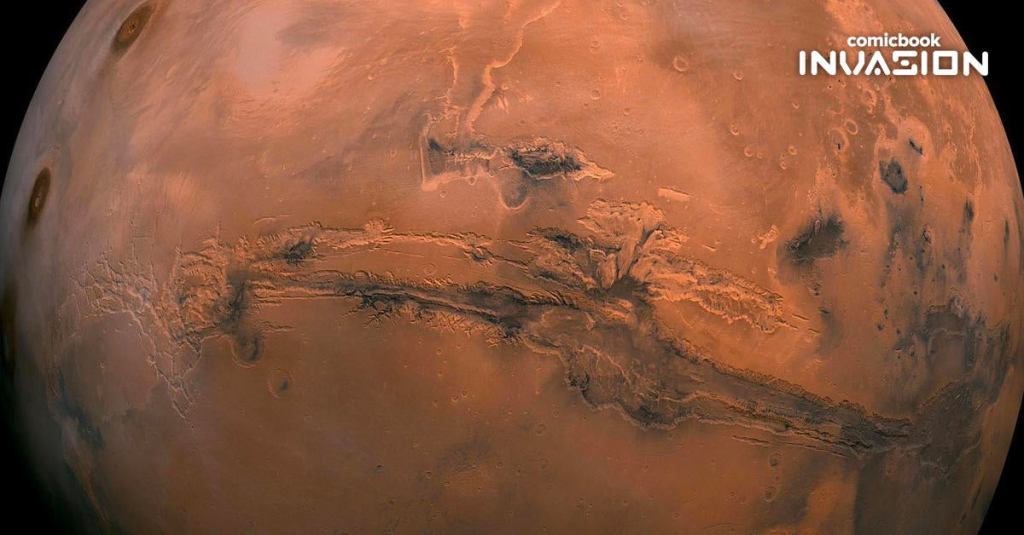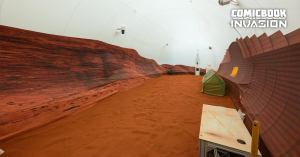NASA has dozens of missions correlating to Mars at any given time, the most recent being the Perseverance rover navigating the Martian planet’s Jezero Crater in hopes of finding signs of ancient microbial life. This past week, the space agency announced its plans to retrieve the samples Perseverance is currently capturing and celebrated the news by sharing an epic photo of the fourth planet from the sun to its Instagram feed.
Videos by ComicBook.com
“Later this decade, we plan to collect the samples from Perseverance. (We’re also sending along two Ingenuity-class helicopters for potential backup if needed,)” NASA’s Martian photos says. “These samples would lift off in our Mars Ascent Vehicle and hitch a ride back home in the @EuropeanSpaceAgency‘s Earth Return Orbiter; when they land on Earth (currently scheduled for 2033), they’ll be the first scientific samples we’ve ever brought back from another planet.”
“The conceptual design phase is when every facet of a mission plan gets put under a microscope,” said Thomas Zurbuchen, associate administrator for science at NASA Headquarters in Washington. “There are some significant and advantageous changes to the plan, which can be directly attributed to Perseverance’s recent successes at Jezero and the amazing performance of our Mars helicopter.”
“Working together on historic endeavors like Mars Sample Return not only provides invaluable data about our place in the universe but brings us closer together right here on Earth,” Zurbuchen continued in the NASA press release.
While scientists have been able to study Martian soil remotely, this mission would be the first to bring it back to Earth. If all goes to plan, Zurbuchen and his team will be able to begin analyzing it in-person at some point in 2033.
“ESA is continuing at full speed the development of both the Earth Return Orbiter that will make the historic round-trip from Earth to Mars and back again; and the Sample Transfer Arm that will robotically place the sample tubes aboard the Orbiting Sample Container before its launch from the surface of the Red Planet,” added David Parker, ESA director of Human and Robotic Exploration.
Do you think extraterrestrial life is out somewhere amongst the stars? Let us know your thoughts either by posting in the comments section or by hitting up our writer @AdamBarnhardt on Twitter to chat all things space!





